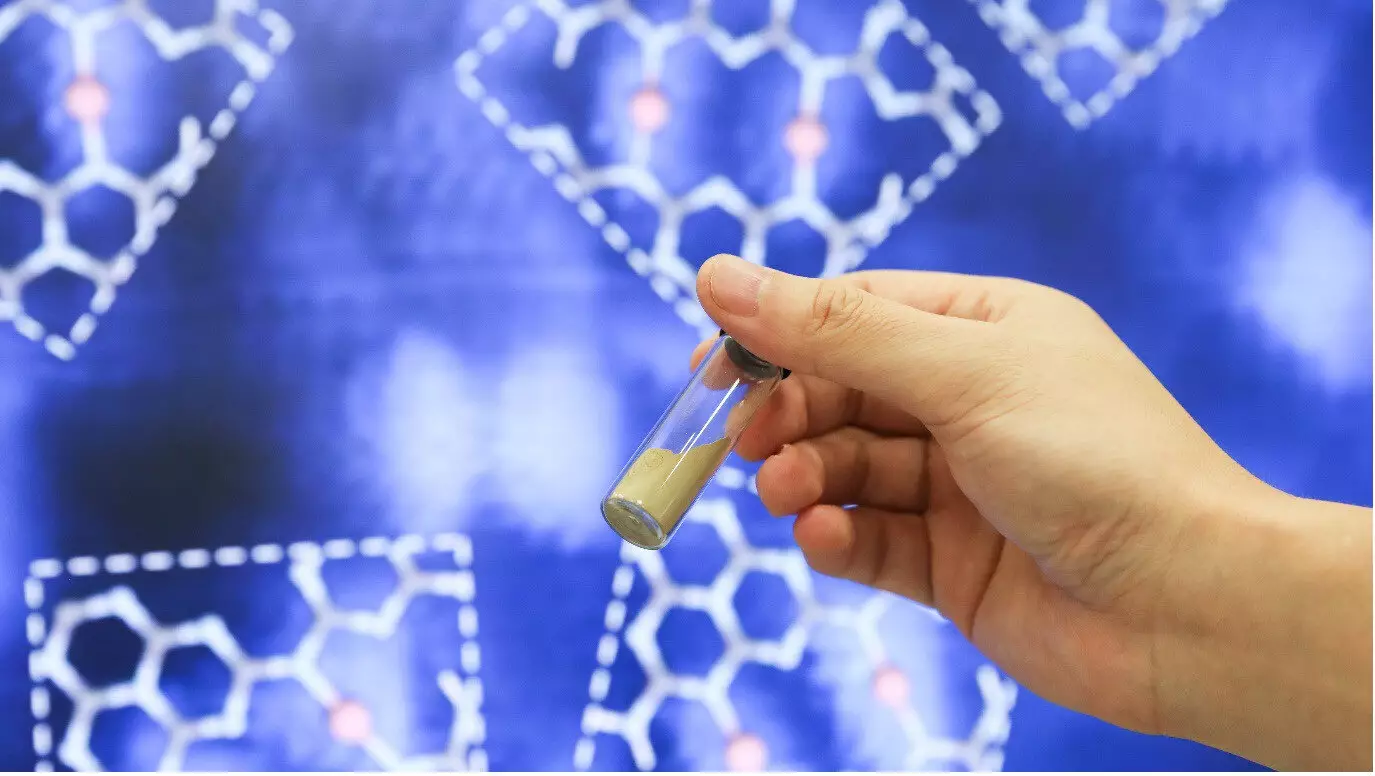In recent years, there has been growing concern about the environmental impact of the fine chemical and pharmaceutical industries. These sectors have been identified as major sources of air and water pollution, contributing significantly to the carbon footprint and water contamination. With the pharmaceutical industry’s carbon emissions surpassing those of the automotive industry, it is imperative to find greener and more sustainable manufacturing processes. Recognizing this need, a research team led by Associate Professor Lu Jiong from the National University of Singapore (NUS) has made a breakthrough with the development of a new class of catalysts known as heterogeneous geminal atom catalysts (GACs).
Current catalytic systems used in chemical synthesis face several challenges. These include high production costs, difficulties in catalyst separation for recovery and reuse, and metal contamination that harms the environment. Additionally, the structural limitations of conventional catalysts restrict their ability to perform complex reactions efficiently. In response to these challenges, the NUS researchers, in collaboration with international institutions, have designed GACs to address these drawbacks, aiming to pave the way for sustainable and environmentally friendly pharmaceutical manufacturing.
At the heart of this breakthrough is the unique structural architecture of GACs. Unlike traditional catalysts, GACs possess two metal cores composed of copper ions, enabling more efficient and selective reactions. To support these metal cores, the researchers utilized a material called polymeric carbon nitride (PCN). By manipulating the structure, the team determined that a distance of approximately 0.4 nanometers between the two copper ions optimized their performance in chemical reactions. Consequently, the catalysts can efficiently facilitate cross-coupling reactions by bringing two reactants together and reducing the energy required for chemical bond formation.
The newly developed GACs have demonstrated their efficiency in a range of chemical reactions involved in producing pharmaceuticals and other commonly used compounds. Comparisons with conventional catalysts showcased higher yields and improved final product quality. For instance, the use of GACs increased the yield of dutasteride, a medication for prostate disease, from 53% to 62%, outperforming traditional metal catalysts. Moreover, the researchers found that the GACs remained stable over nine consecutive cycles, indicating a reduced risk of waste and metal contamination.
Apart from increasing efficiency and yield, the new GACs have significant environmental benefits. The researchers quantified the catalyst’s carbon footprint and discovered that it was ten times lower than that of conventional catalysts. By reducing emissions, waste, and the risk of metal contamination, GACs have the potential to transform the fine chemical and pharmaceutical industries. Recoverability and reusability are additional advantages of GACs, which further contribute to sustainability efforts.
With this groundbreaking development, the research team envisions a future where a library of GACs is created, encompassing various types and combinations of geminal metal centers. This diversification would revolutionize the conventional methods of chemical production, offering greener alternatives for manufacturing processes. As Associate Professor Lu Jiong emphasized, GACs could play a pivotal role in achieving a new era of environmentally friendly chemical and pharmaceutical manufacturing.
The advent of heterogeneous geminal atom catalysts represents a significant step towards revolutionizing sustainable manufacturing processes. By overcoming challenges such as high production cost, catalyst separation, and metal contamination, GACs pave the way for greener and more environmentally friendly fine chemical and pharmaceutical industries. With their exceptional efficiency, recoverability, and reduced environmental impact, GACs offer a promising solution for a sustainable future.


Leave a Reply